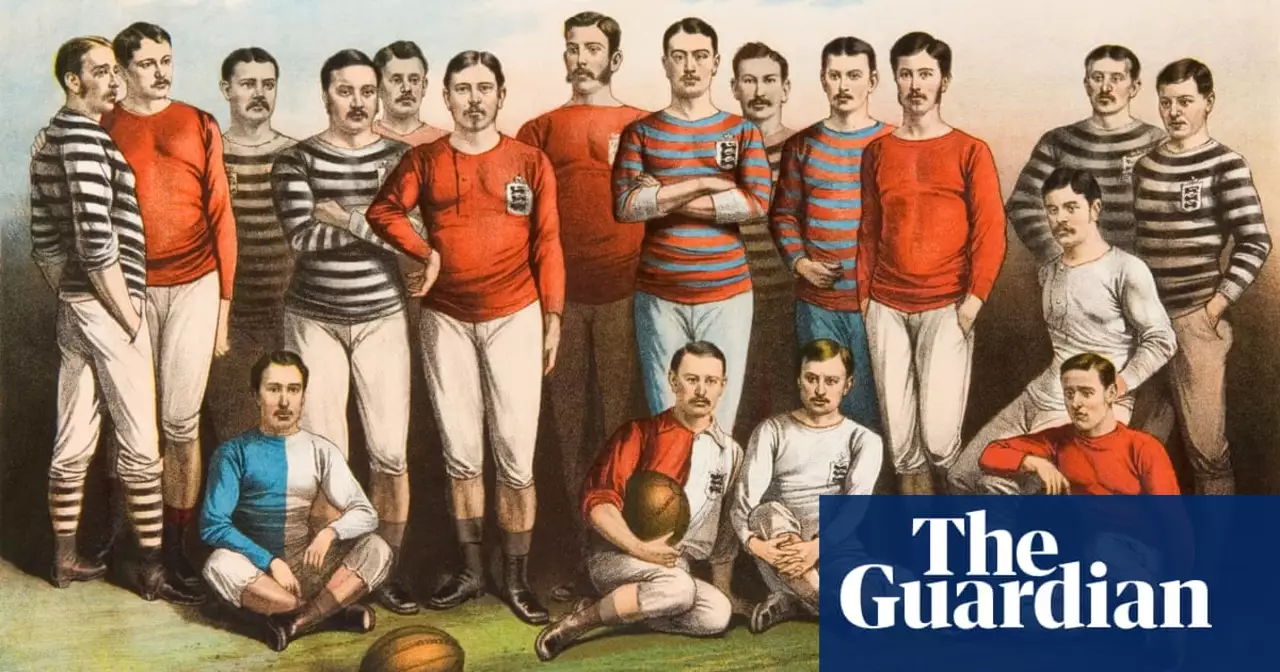Organized Team Sports: Your Hub for News, Tactics and Culture
When we talk about organized team sports, any activity where players cooperate under official rules, scheduled matches and a governing body. Also known as team sports, it brings together skill, strategy and community.
football, the world’s most followed ball game, played under FIFA’s standardized rules sits at the core of most fans’ lives. basketball, a fast‑paced indoor sport that relies on shooting, dribbling and quick transitions adds a different rhythm, while ice hockey, a high‑speed, puck‑based game on a frozen surface shows how a simple concept can look totally new on ice. American football, a strategic, contact‑heavy sport with set plays and a 100‑yard field rounds out the big‑four that dominate stadium crowds worldwide.
Why Organized Team Sports Matter
Organized team sports encompass football, basketball, ice hockey and more. They require rules, coaching, and scheduled competition—the three pillars that turn casual play into a spectacle. Coaching influences player development, tactical insight and morale; the recent MLS draw between Inter Miami and Toronto FC illustrated how a single tactical shift, like Messi’s positioning, can change a game’s outcome. Likewise, Premier League encounters such as Arsenal’s clash with West Ham show how a league’s point system fuels title races and relegation battles, turning every match into a high‑stakes event.
Fans experience organized team sports not just on the field but in the stands. West Ham’s decision to ban half‑and‑half scarves for the Tottenham derby highlights how security, identity and merchandise intersect. That same match‑day drama appears in NFL training camps, where teams practice at different locations to mimic varied climates, bond players, and engage local supporters. Even ball‑less games like relay racing or curling prove that teamwork thrives wherever a clear structure exists.
Each sport brings its own cultural footprint. Football fuels city rivalries, as seen when Arsenal’s 78% win odds sparked talk of a title showdown. Basketball’s playoff chase creates a different kind of buzz, while ice hockey’s penalty box adds a layer of discipline. Across these arenas, media outlets like ESPN and Disney’s legacy with ABC Sports shape how we consume the action, reinforcing the importance of broadcast standards and storytelling.
From grassroots leagues to elite championships, organized team sports also serve as a training ground for life skills. Discipline, teamwork and strategic thinking learned on the pitch translate into workplace success. The variety of formats—full‑time leagues, short‑term tournaments, even “ball‑less” formats—means there’s a fit for every community, age group or fitness level.
Below you’ll find a curated collection of articles that dive deeper into match analysis, fan culture, coaching tactics and the business side of these games. Whether you’re after the latest Premier League odds, a look at MLS’s playoff implications, or a glimpse into why NFL teams switch practice sites, the posts are organized to give you practical takeaways and fresh perspectives on the world of organized team sports.
Were there any organized team sports prior to the 19th century?
As a blogger, I was curious to know if there were any organized team sports prior to the 19th century. After some research, I discovered that there indeed were! Examples include ancient Greek sports like chariot racing and the Olympic Games, as well as traditional Chinese sports like cuju, an early form of soccer. In Europe, medieval games like hurling and mob football were played, and even Native American communities enjoyed team sports such as lacrosse. It's fascinating to learn that organized team sports have been around for centuries, bringing people together and fostering a spirit of friendly competition.



